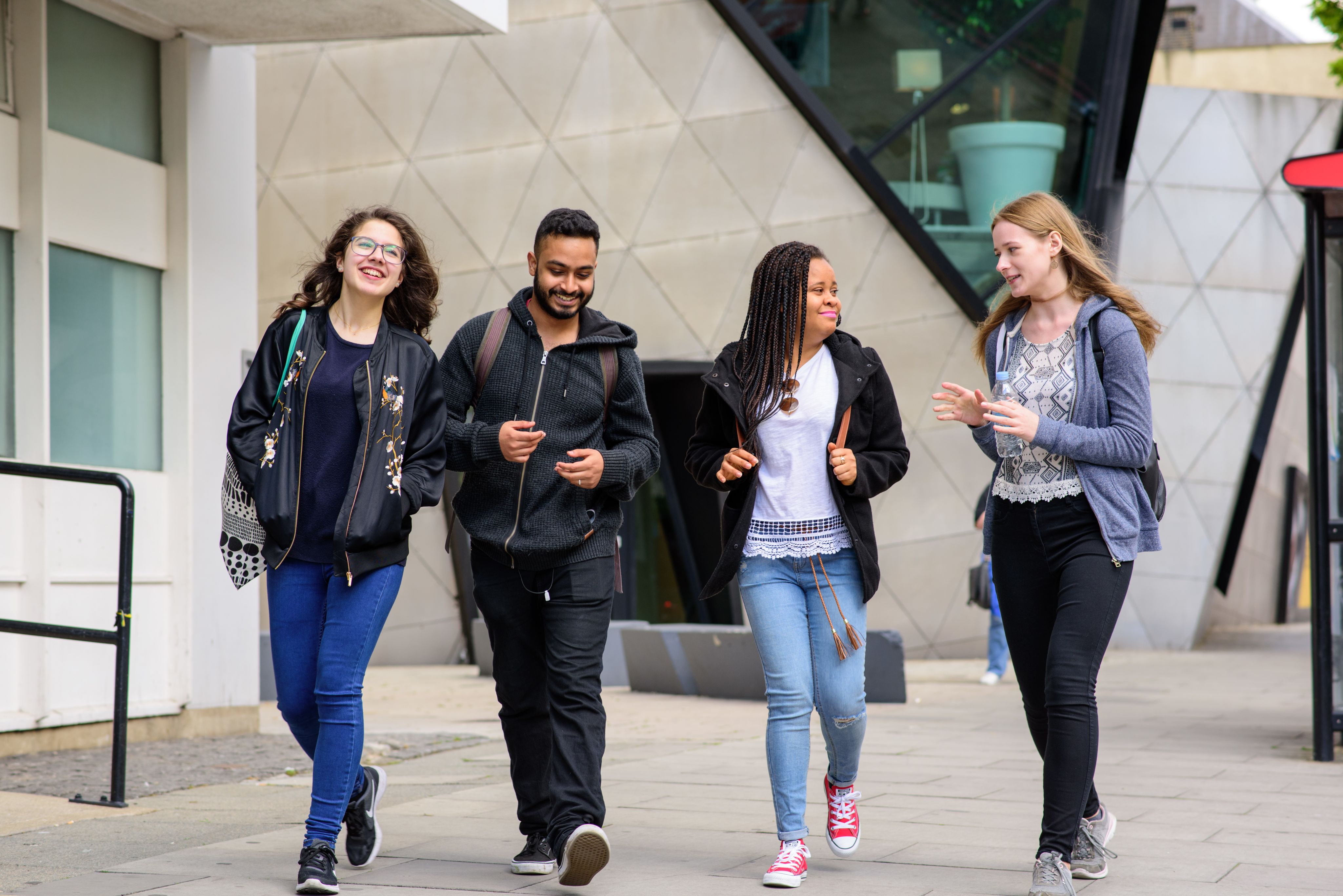The hidden costs of recruiting international students

Jennifer Wilkinson faces a dilemma. She credits her first trip abroad to study in Canada as the catalyst for her career in university administration. But as she oversees global student recruitment for the UK’s London Metropolitan University, she also recognises academic travel comes at a significant and growing cost: rapidly rising greenhouse gas emissions.
Across the world, universities are beginning to wake up to this challenge, one which pits their environmental responsibilities against the need to raise revenue from international students and burnish their global reputation. For the first time academics and administrators such as Wilkinson are actively grappling with the issue. The first step may be as simple as putting a number on the quantity of emissions involved.

Economics vs emissions
Studying abroad has huge benefits both for the individuals involved and for societies sending and receiving students. Research suggests that students from low income backgrounds, in particular, become more employable after a period at a foreign university. For Wilkinson, who grew up in a working class household in England, her time at McGill university was the catalyst for a career which combines study for a PhD with a director level job.
However the environmental cost of the internationalisation of academia is significant. Research last year found that greenhouse gas emissions associated with international student travel more than doubled between 1999 and 2014 to reach between 14.01 and 38.54 megatons a year, somewhere between the total annual emissions of Jamaica and Croatia.
Even as energy efficiencies reduce the emissions per individual student, rising numbers of international enrolments mean student travel related emissions are growing far faster than global emissions overall. This problem is only likely to increase as universities continue to compete to attract international students, who often pay high fees and act as marketers for institutions in their home country.
“The current neoliberal environment, where monetisation and competition are at the forefront, has put more pressure on international recruitment in particular and TNE [transnational education] activities in general from a financial perspective,” says Wilkinson.

Data Vacuum
As any academic will tell you, to measure progress you first need a baseline from which you can chart change. Yet most universities across the world simply do not gather data on the climate impact of student travel, meaning the environmental cost of this lucrative part of academia is largely unknown.
When Robin Shields of the University of Bath in the UK sought to calculate the emissions impact of international student recruitment, he had to rely on UNESCO data on student mobility and then estimate emissions based on international airport locations and flight schedules. The result was a huge amount of uncertainty in his estimate, with an upper bound more than double the lowest estimate of emissions.
This absence of data extends to the internationalisation of academia more widely. In a survey of 140 British universities, only 25% said they currently consider the carbon footprints of overseas estates in their overall sustainability strategy. Only 39% said their international strategies were linked to their sustainability strategies in any way.
“It is impossible to measure how large or what the impact is because you don't know what you were doing before,” says Wilkinson. “There's no data. I think that's a big challenge for the sector.”
Even when universities do gather statistics it is often extremely hard to fully account for emissions. Most university sustainability strategies focus on what are known as Scope 1 and Scope 2 emissions - those originating on university premises themselves, and from directly owned assets such as cars or transport fleets. However Scope 3 emissions, deeper into the supply chain, are barely covered at all.
The result, according to one recent journal article is that, “Universities recognize their role in creating demand for long-distance travel and sustaining high-carbon diets. However, few have specific emissions reduction targets or action plans that would rapidly and substantially reduce emissions in these areas.”
When measures to reduce emissions are put in place, they may obscure hidden costs. Covid-19 has accelerated an existing trend towards remote learning. Collaborative Online International Learning (COIL) courses, which are delivered simultaneously across two or more universities in different countries, seek to replicate the benefits of student travel, without the emissions generating flights. However it is hard to audit the total environmental impact of such remote learning, or earlier practices such as Massive Open Online Courses (MOOCs).
“We could say we are carbon neutral because we're teaching everything online. But if the students are in Nepal on a computer that's powered by a diesel generator, then we're not carbon neutral at all,” says Wilkinson.
Small steps
Wilkinson’s PhD at University College London addresses the environmental costs of international student travel, while her day job as Director of Student Recruitment and Business Development at London Metropolitan often encourages more of it. Through its progressive approach, her employer offers many opportunities to reconcile this tension.
The university recently created the London Met Lab to allow its students, administrators, and academics to work alongside vulnerable communities in England’s capital and tackle significant social issues, from housing shortages to health issues. Environmental sustainability is a key focus with the university providing architecture and design lecturers and students to work with the local community on sustainability proposals. Key targets are to help London meet WHO air quality guidelines by 2030, make the city carbon neutral by 2050 and increase tree cover by 12% by 2050.
“The things we are doing around social justice work will be a natural lead into environmental work,” says Wilkinson. “What I want to try and do is build a framework that supports sustainability to be a part of the conversation.”
Wilkinson is already making changes to international recruitment practices at the university. Teams have been assembled in India and the US to handle recruitment of international students. Previously London Metropolitan’s officer responsible for recruitment from these regions would travel to the country around six times a year. The need for those long flights has significantly reduced with local workers now in place. Wilkinson plans to establish teams in West Africa and Latin America to support these efforts in other regions.
More detailed justifications for global travel, initially put in place as a Covid-19 measure, have been maintained. Administrators are asked to combine trips where necessary, and consider whether travel is for essential activity. The university has also adopted a new travel booking partner, which indicates not only prices, but the emissions involved in journeys. With travel by administrators likely to be limited by many higher education institutions in the coming years, Wilkinson is keen to ensure that young and junior staff are still able to benefit from career-enhancing trips, meaning they may sometimes take priority over senior colleagues.
The fight to reduce the hidden emissions associated with international student recruitment will be long and involve many trade-offs. For institutions such as London Metropolitan, this is just the beginning.

- London Met is one of the most socially inclusive universities in the sector - a total of 96% of our students are from at least one underrepresented group.
- Based in the heart of real London, the University has over 12,000 students from 126 different nationalities.
- London Met has been widely recognised for its sustainability improvements - we have reduced our carbon emissions by 42% since 2009.

This content was paid for and created by London Metropolitan University. The editorial staff of The Chronicle had no role in its preparation. Find out more about paid content.


